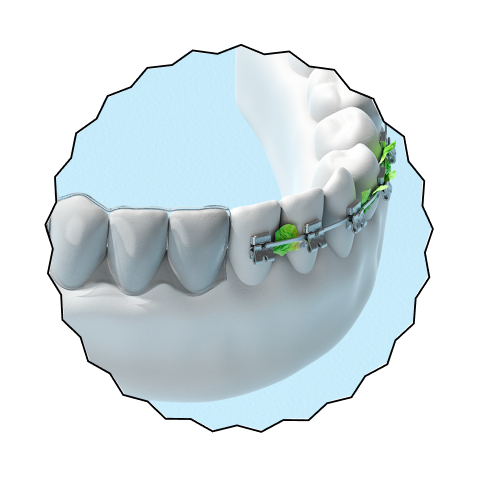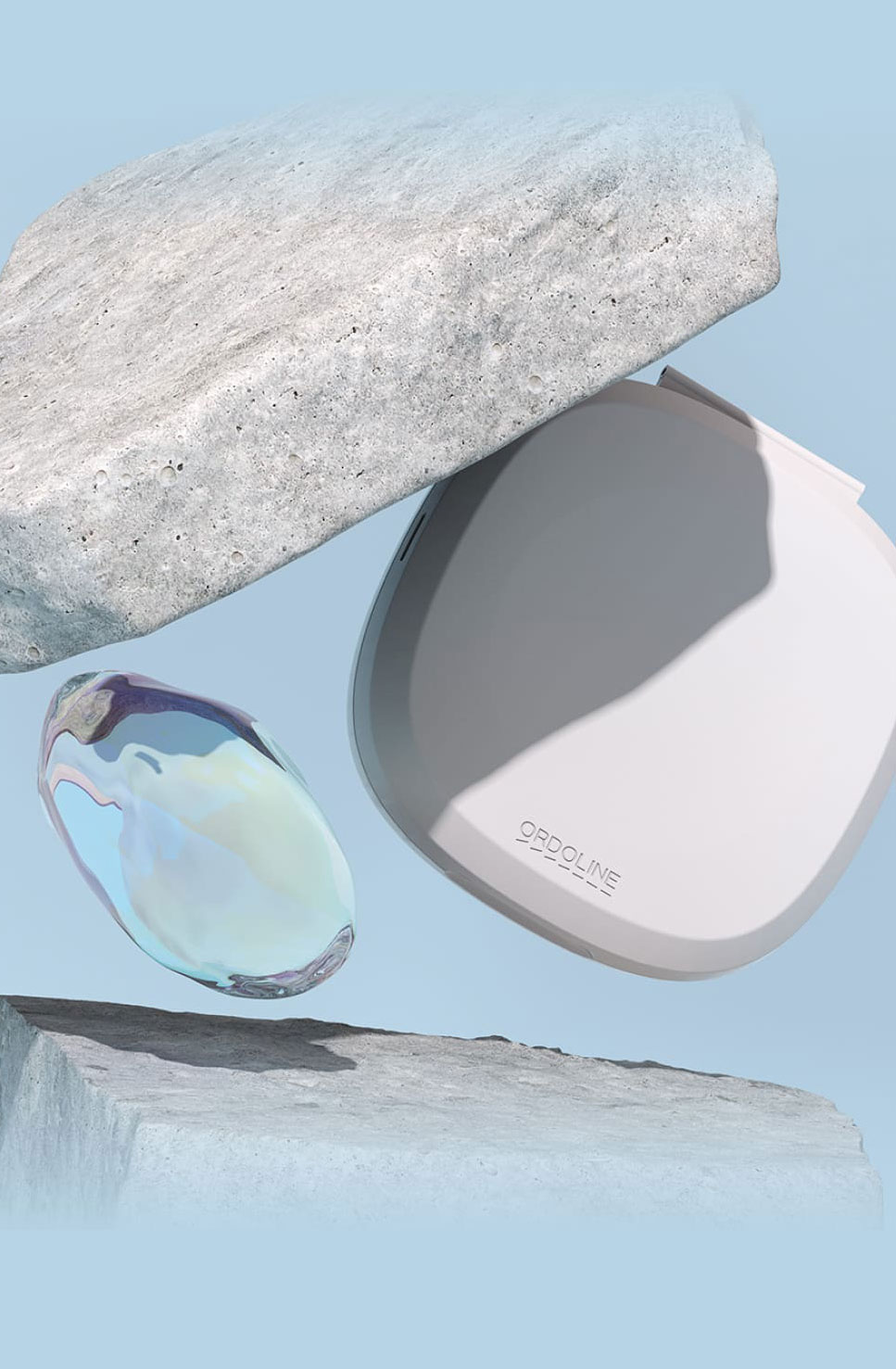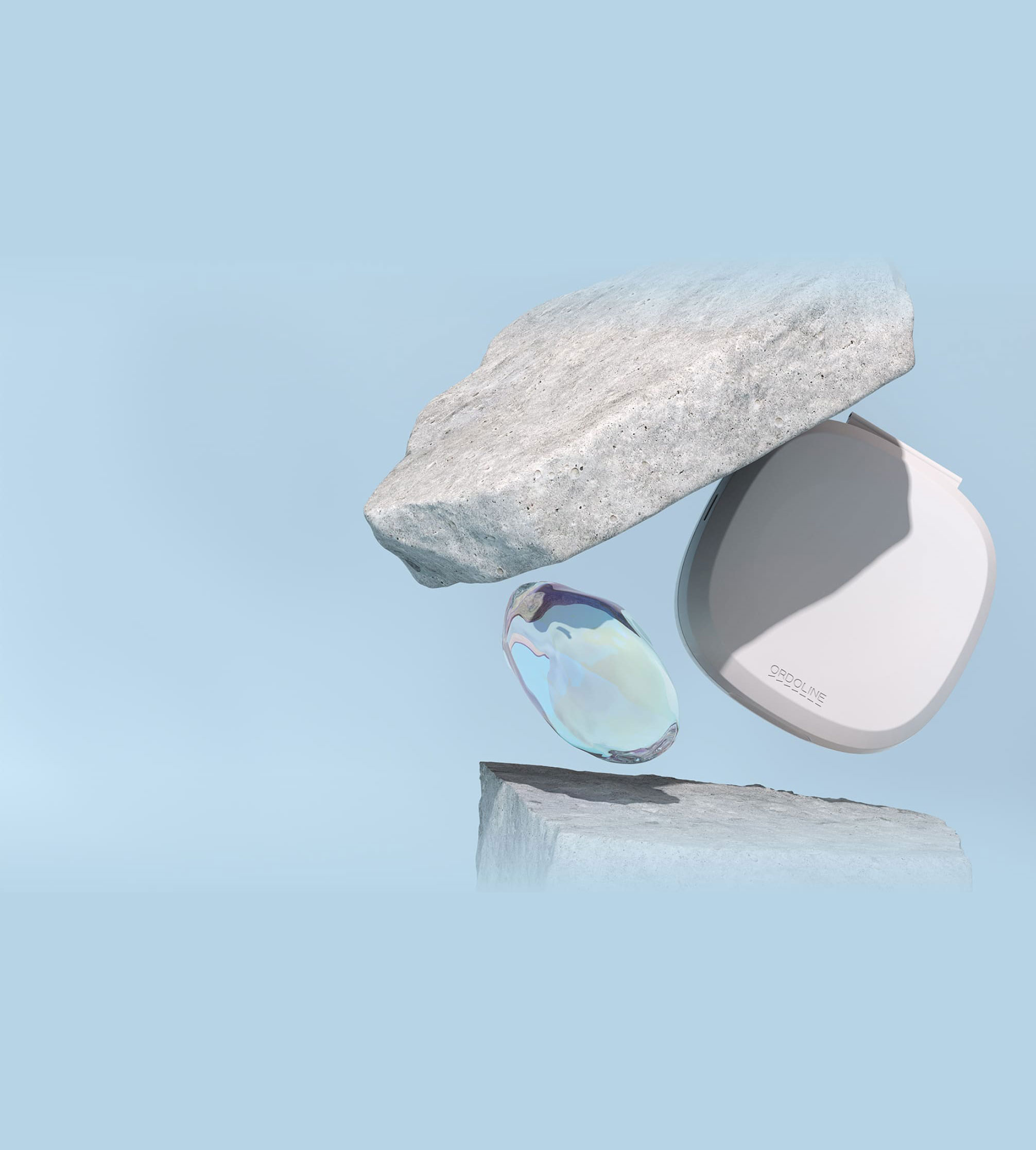Aligners vs. braces
Aligners and braces are the two most popular options to straighten crooked teeth and fix an incorrect bite. More recently, clear aligners are winning the race and becoming more popular than ever, but why do patients choose them over braces?
Braces
-
01
More painful
-
02
Cause discomfort and are impossible to remove while eating, drinking & flossing
-
03
Difficult to calculate final treatment duration
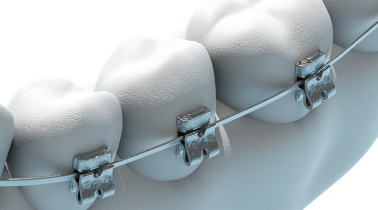
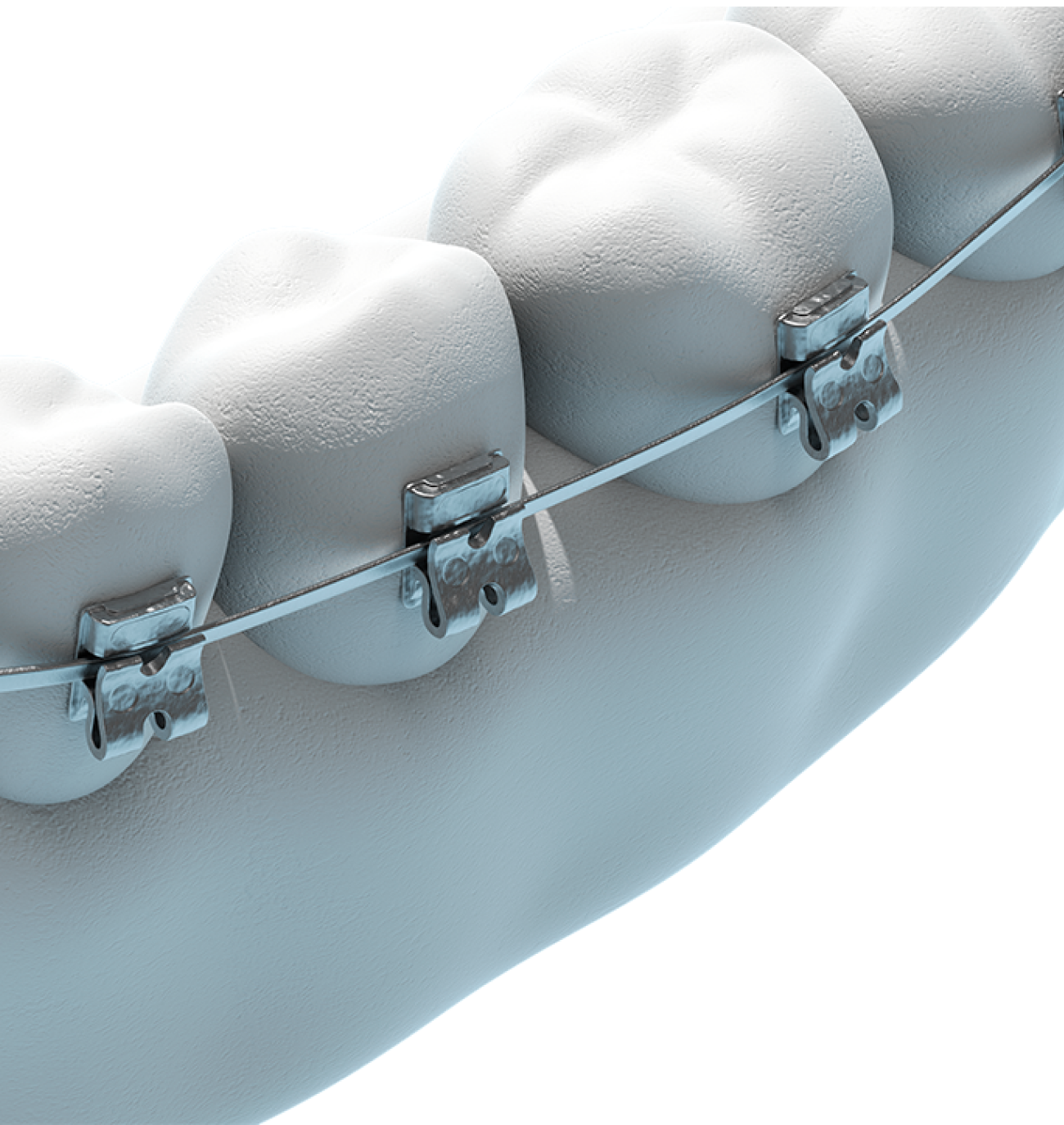
Aligners
-
01
Invisible and so can be worn without others noticing
-
02
Start seeing results immediately
-
03
Predictable treatment results and duration
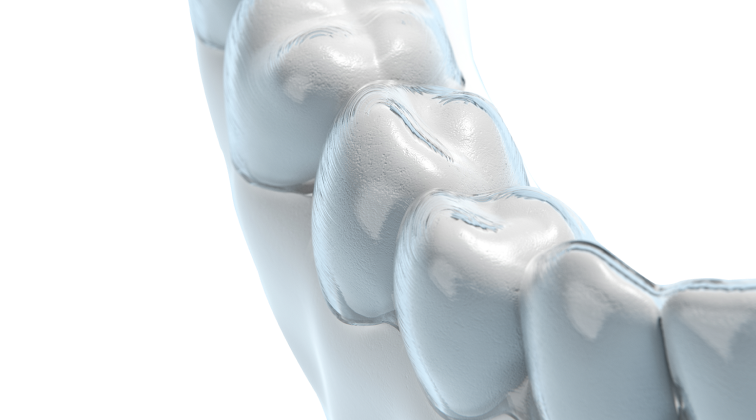
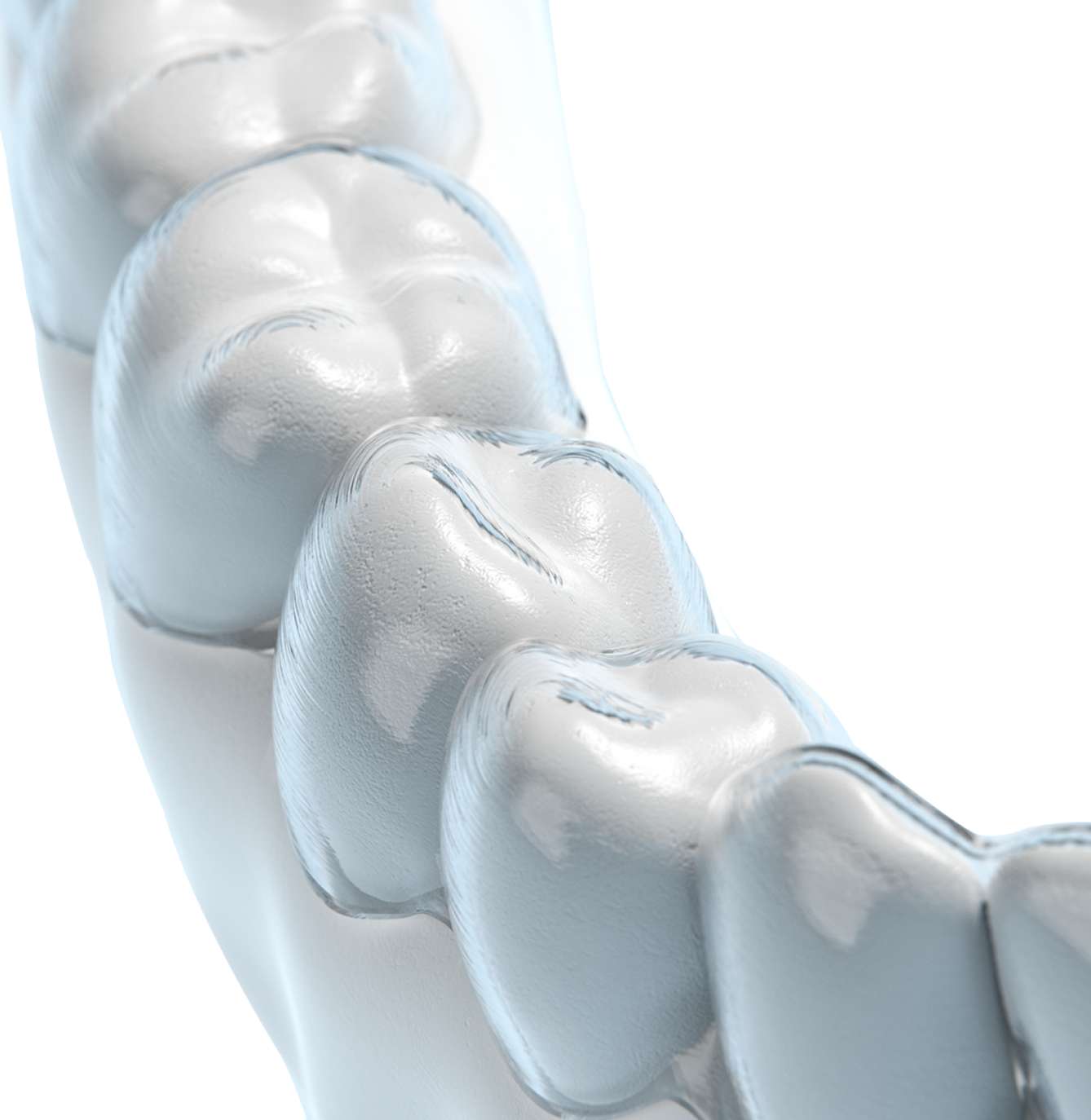




Conclusion
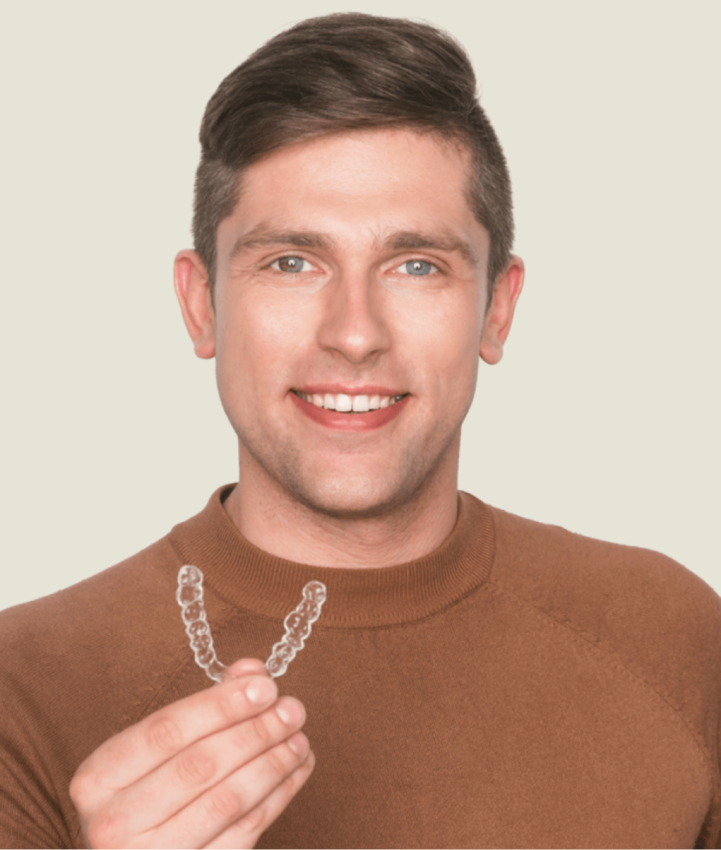

Many adults feel self-conscious about wearing braces, deterring them from getting the treatment they need and enhancing their overall quality of life as a result. On the flip side, those who decide to undergo treatment with braces often experience discomfort, pain, and subsequent inconvenience.
Aligners offer a more discreet approach to treatment and ensure that your daily habits remain unchanged. Treatment with aligners is for patients who prefer an invisible and comfortable approach to teeth straightening and have the discipline to wear them for 22 hours per day.
